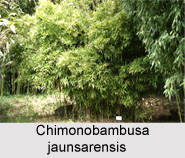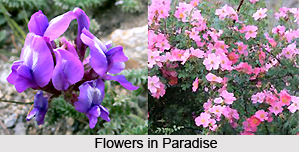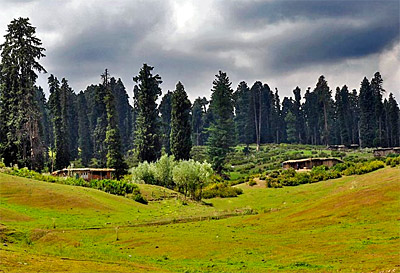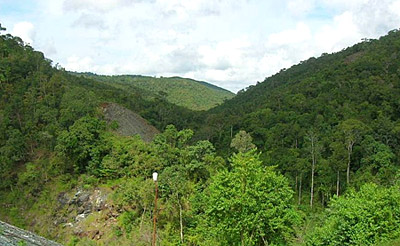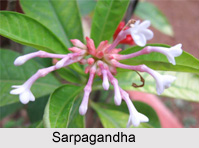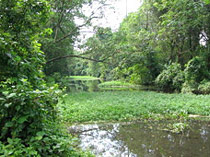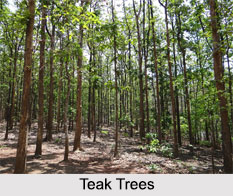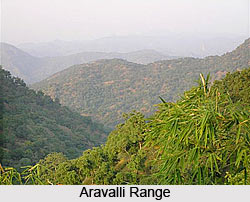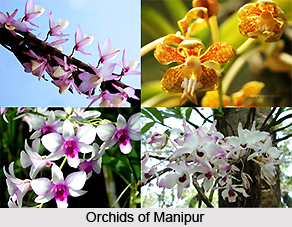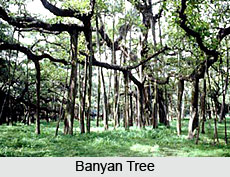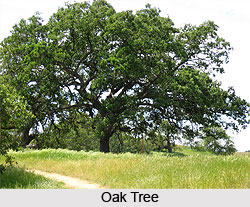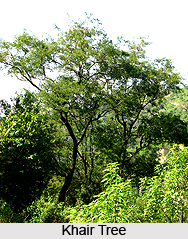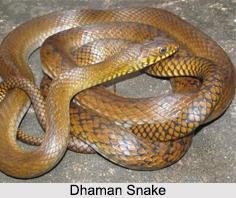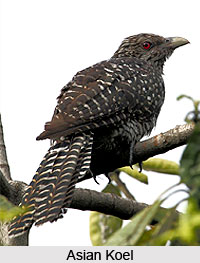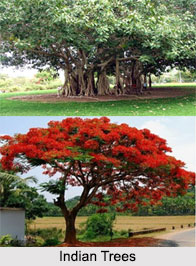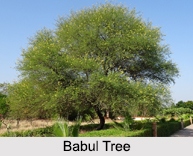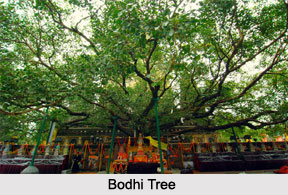 Sacred trees of south India are those trees, which are revered and worshipped in southern part of the country. They hold immense religious significance in the land of gods and goddesses called India. The worship of trees in India can be traced back to the Indus Valley Civilization. The hymns of the Vedas contain references to sacred trees and plants, on account of them being associated with certain deities and also because of their potent medicinal properties. This tradition continues till the present day in most parts of India, including villages and urban centers in south India. Trees like pipal and plants like tulsi are worshipped on a daily basis by the citizens of India.
Sacred trees of south India are those trees, which are revered and worshipped in southern part of the country. They hold immense religious significance in the land of gods and goddesses called India. The worship of trees in India can be traced back to the Indus Valley Civilization. The hymns of the Vedas contain references to sacred trees and plants, on account of them being associated with certain deities and also because of their potent medicinal properties. This tradition continues till the present day in most parts of India, including villages and urban centers in south India. Trees like pipal and plants like tulsi are worshipped on a daily basis by the citizens of India.
Different Sacred Trees of South India
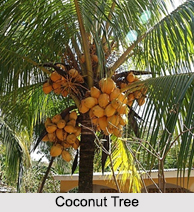 In south India, sthala vrikshas are present. Sthala vrikshas mean sacred temple trees. In south India, temples were constructed at places where certain trees, known to be the homes of different deities were located. These trees are generally connected to deities like Shiva, Vishnu and Muruga, and sometimes to goddess, Sakthi. The pipal tree or peepul tree (arasa maram) can be seen in many temples, both big and small. It is supposedly the most worshipped tree in India. It is important to note that the roots of the tree are linked to Lord Brahma, the trunk of the tree to Lord Vishnu and the leaves of the tree to Lord Shiva, by the Hindus. Buddhists attach religious significance to the pipal tree, as Lord Buddha attained enlightenment under it. It is therefore called the Bodhi Tree or the Tree of Enlightenment. The ubiquitous coconut tree, which is found in almost every part of south India, is also a sthala vriksha in many temples. It is important to note that the three black marks on the coconut shell are believed to be the three eyes of Lord Shiva. Coconut is an important part of all the Hindu rituals. Prior to puja, sthapana with water filled pot, mango leaves and coconut takes place. Bamboo is associated with many temples in Tamil Nadu, the most famous being the Nelliappar Temple in Tirunelveli. Lord Shiva enshrined here is called Venuvaneshvara (the lord of the bamboo forest) in many ancient inscriptions. The famous Ekamreshvara Temple in the temple-town of Kanchipuram in Tamil Nadu has a sthala vriksha namely, mango tree. Goddess Parvati is said to have worshipped a Shiva Linga beneath this tree and was reunited with Shiva. A very ancient sculpture inside the temple depicts the above mentioned event, with the mango tree sculpted very prominently. The sweet-smelling jasmine (mullai) is used for worshipping deities in temples and homes. Jasmine tree is the sacred tree in many Shiva temples in south India. The tree is present in temples located in places called Tirumullaivayil.
In south India, sthala vrikshas are present. Sthala vrikshas mean sacred temple trees. In south India, temples were constructed at places where certain trees, known to be the homes of different deities were located. These trees are generally connected to deities like Shiva, Vishnu and Muruga, and sometimes to goddess, Sakthi. The pipal tree or peepul tree (arasa maram) can be seen in many temples, both big and small. It is supposedly the most worshipped tree in India. It is important to note that the roots of the tree are linked to Lord Brahma, the trunk of the tree to Lord Vishnu and the leaves of the tree to Lord Shiva, by the Hindus. Buddhists attach religious significance to the pipal tree, as Lord Buddha attained enlightenment under it. It is therefore called the Bodhi Tree or the Tree of Enlightenment. The ubiquitous coconut tree, which is found in almost every part of south India, is also a sthala vriksha in many temples. It is important to note that the three black marks on the coconut shell are believed to be the three eyes of Lord Shiva. Coconut is an important part of all the Hindu rituals. Prior to puja, sthapana with water filled pot, mango leaves and coconut takes place. Bamboo is associated with many temples in Tamil Nadu, the most famous being the Nelliappar Temple in Tirunelveli. Lord Shiva enshrined here is called Venuvaneshvara (the lord of the bamboo forest) in many ancient inscriptions. The famous Ekamreshvara Temple in the temple-town of Kanchipuram in Tamil Nadu has a sthala vriksha namely, mango tree. Goddess Parvati is said to have worshipped a Shiva Linga beneath this tree and was reunited with Shiva. A very ancient sculpture inside the temple depicts the above mentioned event, with the mango tree sculpted very prominently. The sweet-smelling jasmine (mullai) is used for worshipping deities in temples and homes. Jasmine tree is the sacred tree in many Shiva temples in south India. The tree is present in temples located in places called Tirumullaivayil.
